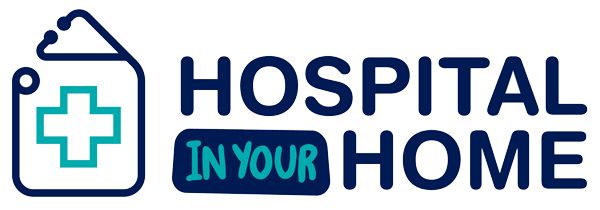The Why Now? Unpacking the Global Imperative for Hospital-at-Home
The concept of Hospital-at-Home isn’t entirely new, with roots tracing back decades, but its widespread adoption has accelerated dramatically in recent years, particularly in the wake of the COVID-19 pandemic. So, why does it matter now more than ever?
The answer lies in a confluence of systemic pressures and evolving patient preferences. Healthcare systems globally are grappling with increasing demand for services, often exceeding existing hospital bed capacity. An aging population, prone to chronic conditions and complex care needs, further exacerbates this challenge. Traditional inpatient hospital stays, while necessary for certain high-acuity cases, can also expose patients to risks like hospital-acquired infections, delirium, and functional decline. Moreover, patients overwhelmingly express a preference for receiving care in their own homes, where they feel more comfortable, empowered, and supported by family.
HaH models offer a compelling solution. By delivering hospital-level care—including daily physician visits (in-person or virtual), nursing care, intravenous therapies, diagnostics, and medication management—in the home setting, these programs can significantly alleviate pressure on hospital beds, improve patient outcomes, and enhance satisfaction. The shift is not just about moving beds, but about redesigning care to be more patient-centered, efficient, and ultimately, more sustainable.
Key Drivers:
- Hospital Bed Shortages: HaH can free up valuable hospital beds for critical cases.
- Aging Population & Chronic Diseases: Home-based care is often ideal for managing chronic conditions and allows seniors to “age in place.”
- Patient Preference: Studies consistently show high patient satisfaction with HaH, citing comfort and autonomy.
- Reduced Complications: Lower rates of hospital-acquired infections, delirium, and functional decline are observed in HaH patients.
- Cost-Effectiveness: HaH programs can be significantly more cost-effective than traditional inpatient care.
Related Literature & Sources:
- Johns Hopkins Medicine – Hospital at Home: This program is a pioneer in the HaH model and offers extensive resources and research on its benefits. https://www.johnshopkinssolutions.com/solution/hospital-at-home/
- American Medical Association (AMA) – Hospital at home saves lives and money: CMS report: This article highlights the positive outcomes and cost savings associated with HaH. https://www.ama-assn.org/delivering-care/population-care/hospital-home-saves-lives-and-money-cms-report
